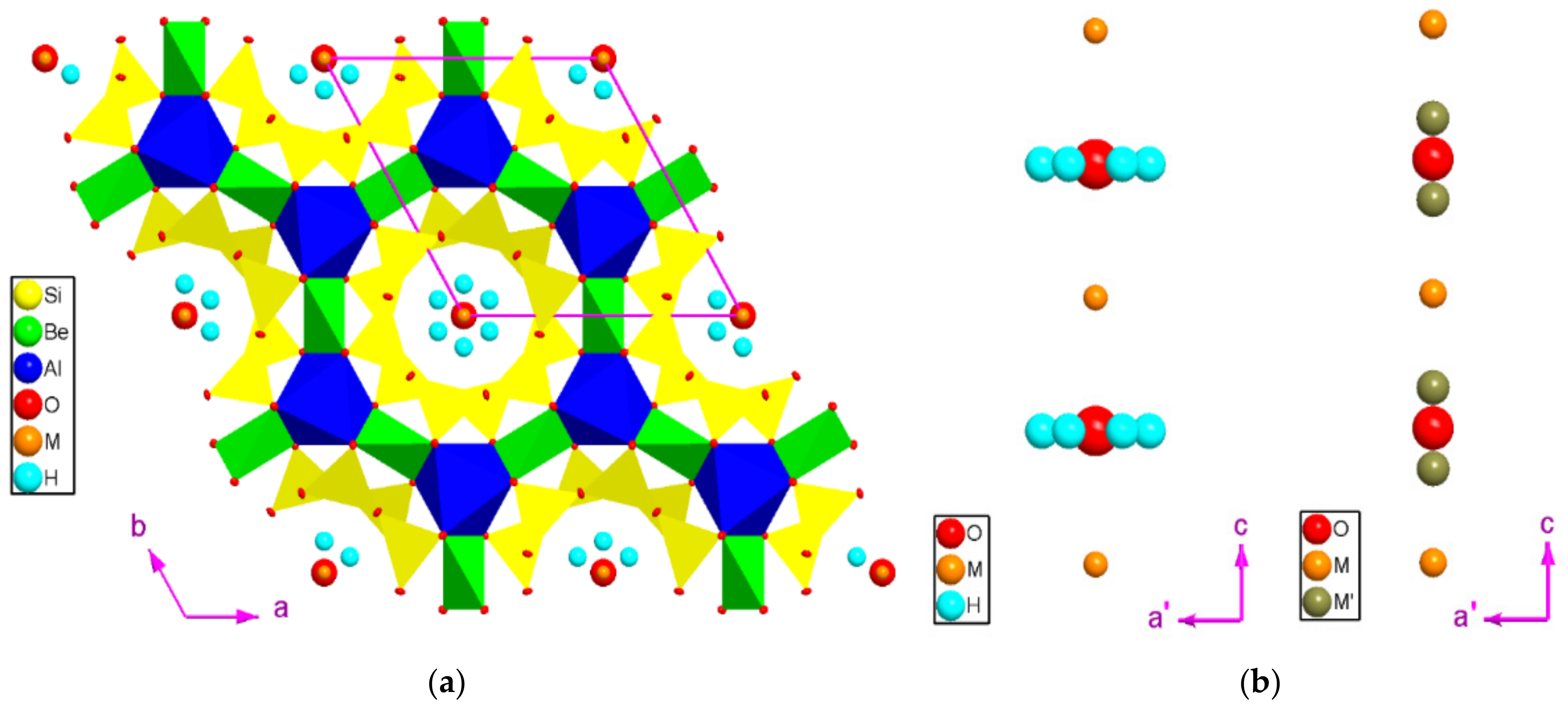NHC Beryl Formation and Characteristics

NHC Beryl originated from a tropical wave that emerged off the coast of Africa on August 18, 2023. Favorable atmospheric conditions, including warm ocean temperatures and low wind shear, allowed the disturbance to organize and intensify as it moved westward across the Atlantic Ocean.
Nawi ni hurakan Beryl, weh penanggalan 12 Juli 2023. Untuk ramalan terkini, bisa cek di hurricane beryl forecast. Tetap waspada dan ikuti arahan dari pihak berwenang setempat untuk keselamatan kamu, ya!
Initial Characteristics
When NHC Beryl was first designated as a tropical storm on August 20, it had maximum sustained winds of 40 mph (65 km/h) and a central pressure of 1006 mb. The storm was relatively small, with tropical-storm-force winds extending outward up to 60 miles (95 km) from its center.
As NHC Beryl intensifies, its path remains uncertain. Check out the latest tropical storm beryl spaghetti models to see how the storm could track. NHC Beryl is expected to bring heavy rainfall and possible flooding to the affected areas, so it’s important to stay informed about its progress.
Historical Context
The region where NHC Beryl formed has a history of producing powerful hurricanes. In 2017, Hurricane Maria, a Category 5 hurricane, devastated Puerto Rico and other Caribbean islands. In 2020, Hurricane Laura made landfall in Louisiana as a Category 4 hurricane, causing widespread damage.
NHC Beryl’s Path and Impact

NHC Beryl’s path and impact were significant, causing widespread damage and disruption in the affected areas.
Timeline of NHC Beryl’s Movement
NHC Beryl formed as a tropical depression on July 16, 2018, and rapidly intensified into a hurricane on July 18. The storm made landfall in Florida on July 19 as a Category 1 hurricane and continued to move inland, weakening to a tropical storm by July 20. NHC Beryl dissipated over North Carolina on July 21.
Impact of NHC Beryl
NHC Beryl brought heavy rainfall, strong winds, and storm surge to the affected areas. The storm caused widespread flooding, downed trees and power lines, and damaged homes and businesses. The storm surge was particularly destructive, causing significant damage to coastal communities.
Comparison to Other Recent Hurricanes
NHC Beryl was a relatively weak hurricane compared to other recent hurricanes, such as Hurricane Michael and Hurricane Florence. However, the storm still caused significant damage and disruption in the affected areas.
NHC Beryl’s Aftermath and Recovery
In the immediate aftermath of NHC Beryl, rescue efforts were swiftly deployed to evacuate residents from affected areas and provide medical assistance to those in need. Damage assessment teams were mobilized to evaluate the extent of the devastation and prioritize recovery efforts.
Initial Recovery Measures
Initial recovery measures focused on restoring essential services, such as electricity, water, and communication. Temporary shelters were established for displaced residents, and food and water distribution centers were set up to meet the immediate needs of the affected communities.
Long-Term Recovery
The long-term recovery process for communities affected by NHC Beryl involved rebuilding infrastructure, stimulating economic recovery, and enhancing community resilience.
Infrastructure Rebuilding
Infrastructure rebuilding efforts included repairing or replacing damaged roads, bridges, schools, and hospitals. These projects aimed to restore essential services and improve the overall quality of life for residents.
Economic Recovery
Economic recovery initiatives focused on supporting businesses and industries impacted by the hurricane. Government assistance programs provided financial aid to businesses and individuals, while community development organizations worked to promote job creation and economic growth.
Community Resilience
Enhancing community resilience involved strengthening local disaster preparedness plans, improving emergency response capabilities, and promoting community engagement in disaster risk reduction.
Best Practices and Lessons Learned, Nhc beryl
NHC Beryl’s aftermath highlighted the importance of timely evacuation, effective damage assessment, and coordinated recovery efforts. Lessons learned from the hurricane have been incorporated into future hurricane preparedness and response plans to improve the safety and well-being of communities.